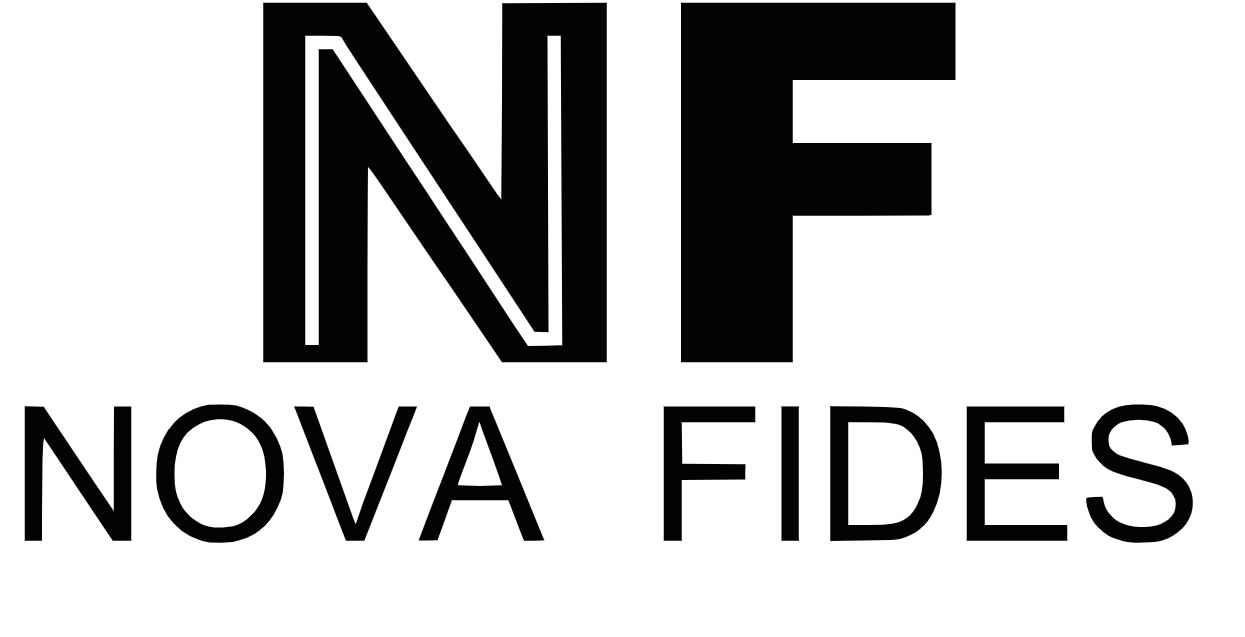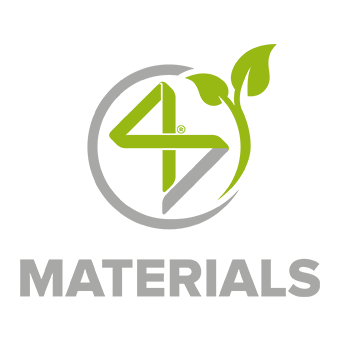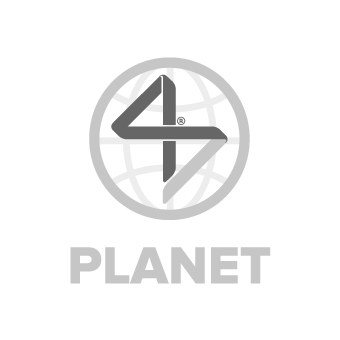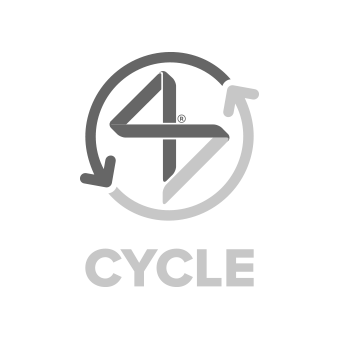
Lanificio Nova Fides SpaID Nr. 4S-100249e-report version 3.0

Since 1967, Lanificio Nova Fides Spa (hereinafter referred to as “Nova Fides” or the “company”) has represented a company of great experience in the textile sector and particularly in the Prato district. It offers a wide range of fabrics and knitted fabrics for clothing.
The company manages and controls the entire production cycle of the fabric: starting from the selection of raw material, to the spinning, weaving, finishing process: to the spinning, weaving and finishing process: each phase is monitored and subject to product quality control by the company’s technicians. For production, Nova Fides also collaborates with qualified suppliers operating within the Italian textile districts, Prato in particular. Its approach is to offer innovative and immediate solutions to customers’ requests, but in recent years, it has shifted its attention to other aspects of strategic importance: the values of ethics and sustainability.
www.novafides.it
4SUSTAINABILITY® COMMITMENT
Growth and sustainability are the factors for which we want to stand out, founding our strategy on the belief that ethical approach should characterize our business model. We firmly believe there cannot be a long-term economic development without a social and environmental development.
Inspired to and aligned with the Sustainable Development Goals set by the United Nations in the 2030 Agenda (SDGs), we’re committed to contributing to the generation of global positive change, assuming a clear environmental and social responsibility.
We do it concretely by joining the 4sustainability® roadmap, making the values and action programs it embodies our own, committing ourselves to starting a virtuous change journey in our business model, through one or more initiatives that we tell in this e-report.
this initiative contributes to the following main UN Sustainable Development Goals



DATA REFERENCE PERIOD
from 01/10/2023 to 30/09/2024
LAST ISSUE DATE
20/01/2025
IMPLEMENTATION LEVEL

the implementation level is defined after the assurance process following the achievement of the protocol’s minimum requirements and is reviewed annually
The company has completed one or more certification processes, but the relating trademarks cannot be published yet.
88%
percentage of preferred materials sourced
INPUT
The input percentage indicates the proportion of raw materials with recognized sustainability attributes. The calculation is performed by mapping the purchases made during the year and highlighting the share-volume of the sustainable ones based on the positive attributes as defined in the 4s Materials Library.
BREAKDOWN OF PREFERRED MATERIALS BY TYPE OF FIBRE
SUSTAINABLE PACKAGING
The sustainable packaging indicates the amount of primary or secondary packaging material for which the producer employed techniques and input factors that lead to an improvement in environmental performance.
0%
percentage of incoming sustainable packaging
0%
the percentage indicates the detail of the kg or meters processed internally by the company compared to the total internal production
elimination of toxic and harmful chemicals from production cycles in line with the ZDHC Roadmap to Zero Programme
this initiative contributes to the following main UN Sustainable Development Goals



LAST REPORT ABSTRACT
download the report abstract with the main KPIs collected during the last on site assurance performed; if present, the abstract also includes the ZDHC Foundational or Progressive Level Certificate
IMPLEMENTATION LEVEL

the implementation level is defined after the assurance process following the achievement of the protocol’s minimum requirements and is reviewed annually
The company has adopted the ZDHC MRSL for eliminating toxic and harmful chemicals from its processes and the 4S PRSL for raw material control. It has also implemented all the ZDHC CMS TIG requirements on internal and external processes.
CHEMICAL MANAGEMENT SYSTEM SCORE
85%
the percentage indicates the overall level reached through the implementation of 4s CHEM protocol requirements
ASSURANCE PROTOCOL
PRODUCTION VOLUMECOVERED BY MONITORED CHEMICAL INVENTORIES
48%
percentage of internal and external production volumes monitored through chemical inventory assessments
EXTERNAL CHEMICAL INVENTORY EVALUATION
WASTEWATER TESTING
ZDHC MRSL parameters following ZDHC Waste Waters Guidelines
wastewater compliance percentage; when in presence of “doesn’t meet requirements” slice, a Root Cause Analysis (RCA) has been performed and uploaded in ZDHC Gateway Waste Waters Module
PRODUCTION VOLUMECOVERED BY WASTEWATER TESTING
87%
percentage of internal and external production volumes whose wastewater has been tested following ZDHC Waste Waters Guidelines
this initiative contributes to the following UN Sustainable Development Goals



REFERENCE PERIOD
from 01/07/2022 to 30/06/2023
LAST ISSUE DATE
04/12/2023
IMPLEMENTATION LEVEL

the implementation level is defined after the assurance process following the achievement of the protocol’s minimum requirements and is reviewed annually
The company has implemented a track & trace management system. If there are outsourced processes and raw materials purchases, the company has also involved its suppliers on sustainability performances data collection, implementing a rating system to push them towards continuous improvement.
ENGAGEMENTBY CATEGORY OF SUPPLIERS
SUPPLIERS INVOLVEDon chemical management issue
75%
percentage of suppliers involved in the implementation process on the total number of mapped suppliers
RAW MATERIAL SUPPLIERSASSESSED
76%
percentage of suppliers whose data have been collected
RAW MATERIAL SUPPLIERS' RATING
PROCESS SUPPLIERS' RATING
PROCESS SUPPLIERSASSESSED
67%
percentage of suppliers whose data have been collected







